I gazed at the towering Andes range from the airplane window. The runway seemed designed so we could land in the arms of the mountains. We are in Cusco, our chosen port of entry in Peru, instead of Lima, its capital city. But we knew better than to spend our first day at a lofty elevation of 11,152 feet. Off we went with Helmut, our driver for the day, to explore Sacred Valley. The valley stands at a lower elevation and would hence aid in our acclimatization.
Peru is a diverse nation. There’s much to explore, lots of crisscrossing and centuries of history to absorb. Usually, we manage to cover reasonable ground over ten days in a country. With Peru, we had our limits defined. Here’s why. Most of the key sights in the country require multiple modes of transportation to get to. We also wanted to slow down to see a few sights at a pace that was not defined by choc-o-bloc itineraries.
Sacred Valley, Ollantaytambo
A warm, fertile farmland, Sacred Valley used to be an important quarter of the Incan empire. Its proximity to Cusco, which was the Incan capital, and the Urubamba river made it an attractive base for agriculture and commerce. According to Helmut, twenty-five years ago agriculture was the main source of income for the Peruvian economy. Today it is tourism. He shares his father’s example, who used to be a potato farmer but lost his prime business after a strong El Niño event.
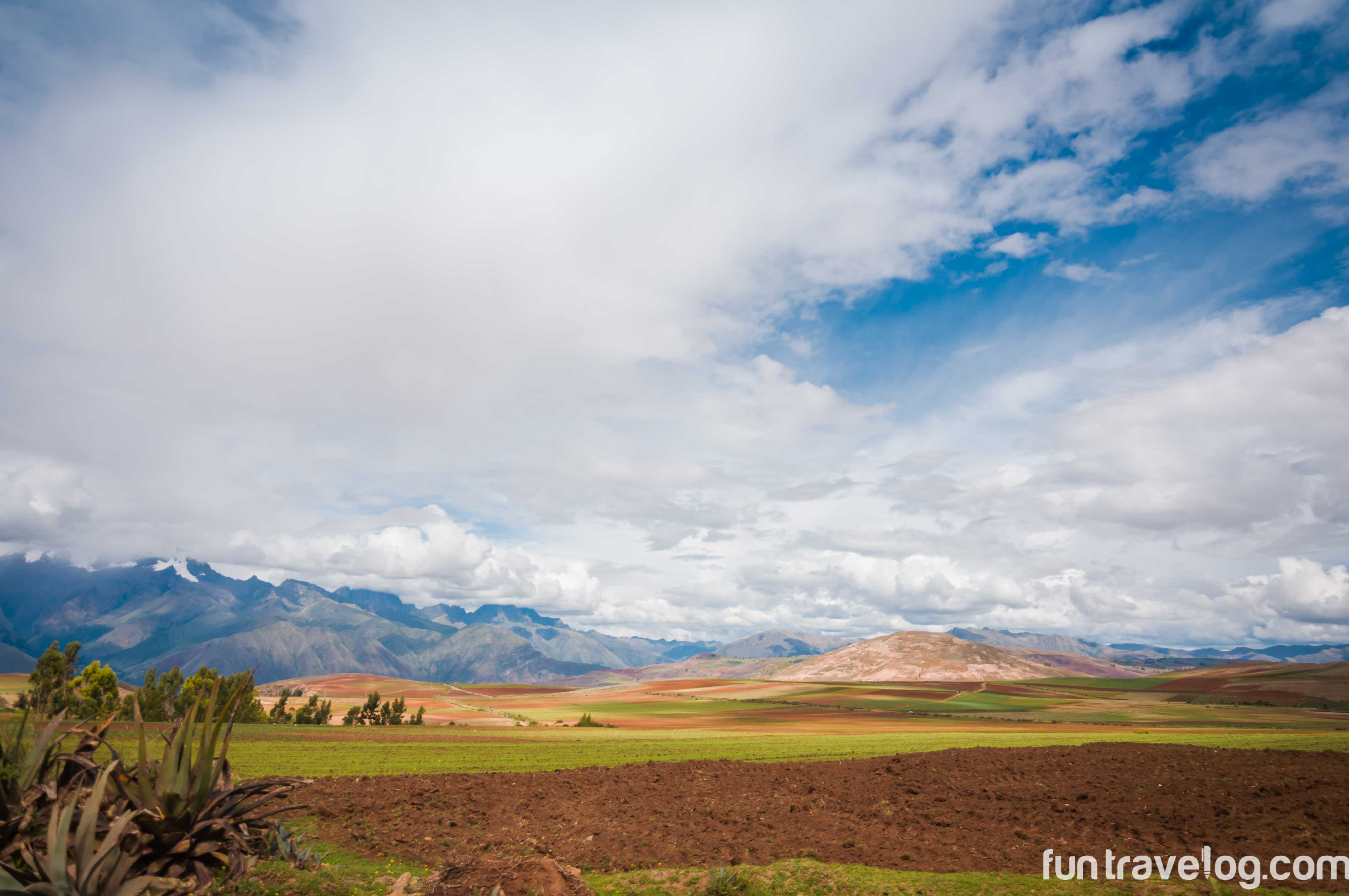
The undulating valley is a vivid mint green. The topography reminds us of Tuscany, a region so far away. Scenes of construction are common and Helmut laments at these signs of urbanization.
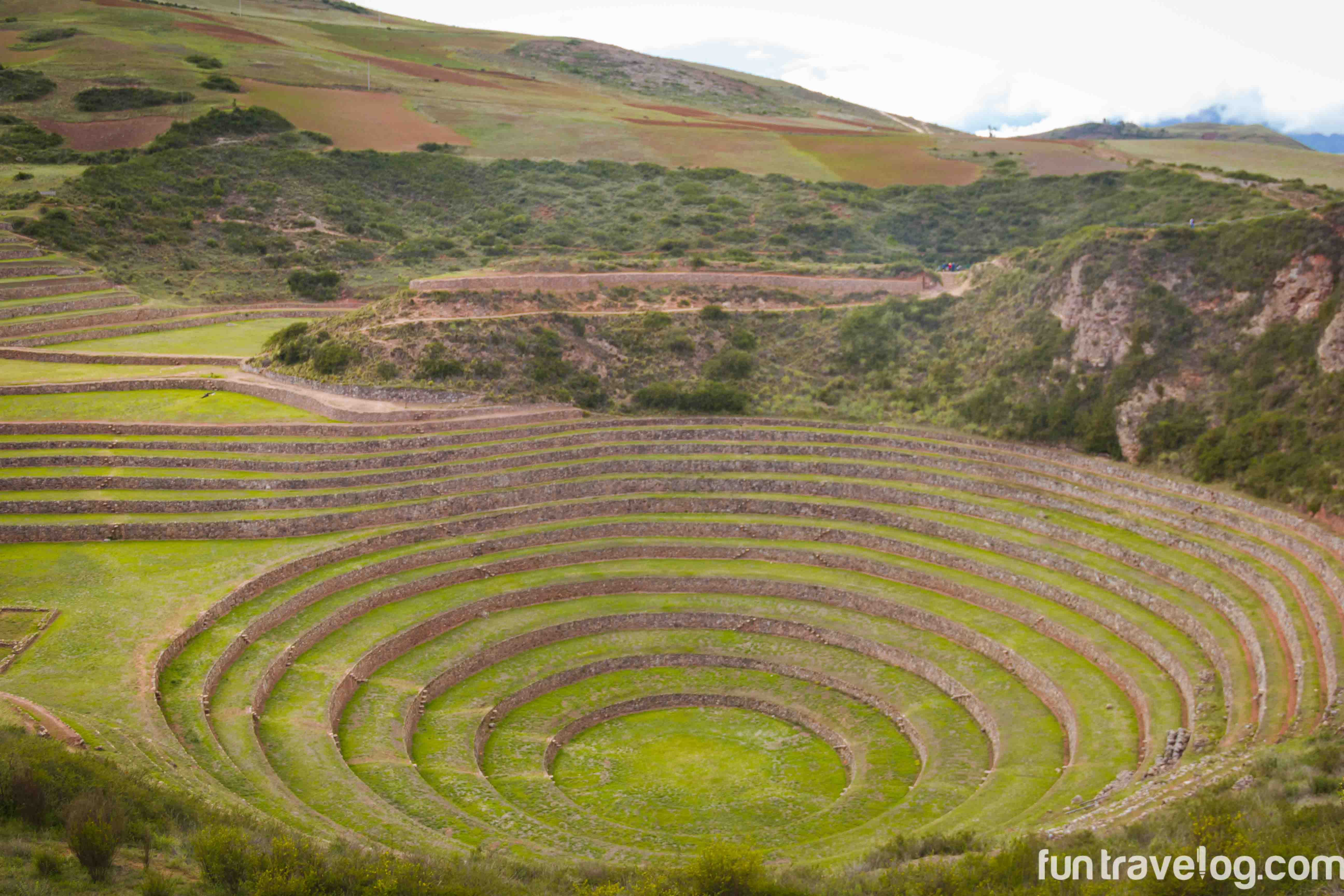
Lunch turns out to be a wholesome, delicious affair at a retired tour guide’s home. It includes crispy roast broccoli and potatoes cooked by our Peruvian host’s mother. Corn and cheese is a commonly found appetizer in this region. Satiated, we head to Moray ruins. The drive on this route zigzags through amber and green highlands, and the skies look straight out of a Van Gogh painting. It is a sight our sore city eyes can’t get enough of. Moray has deep landscaped terrace fields built during the Incan times. A snake creeps into the ruins that we are only permitted to encircle.
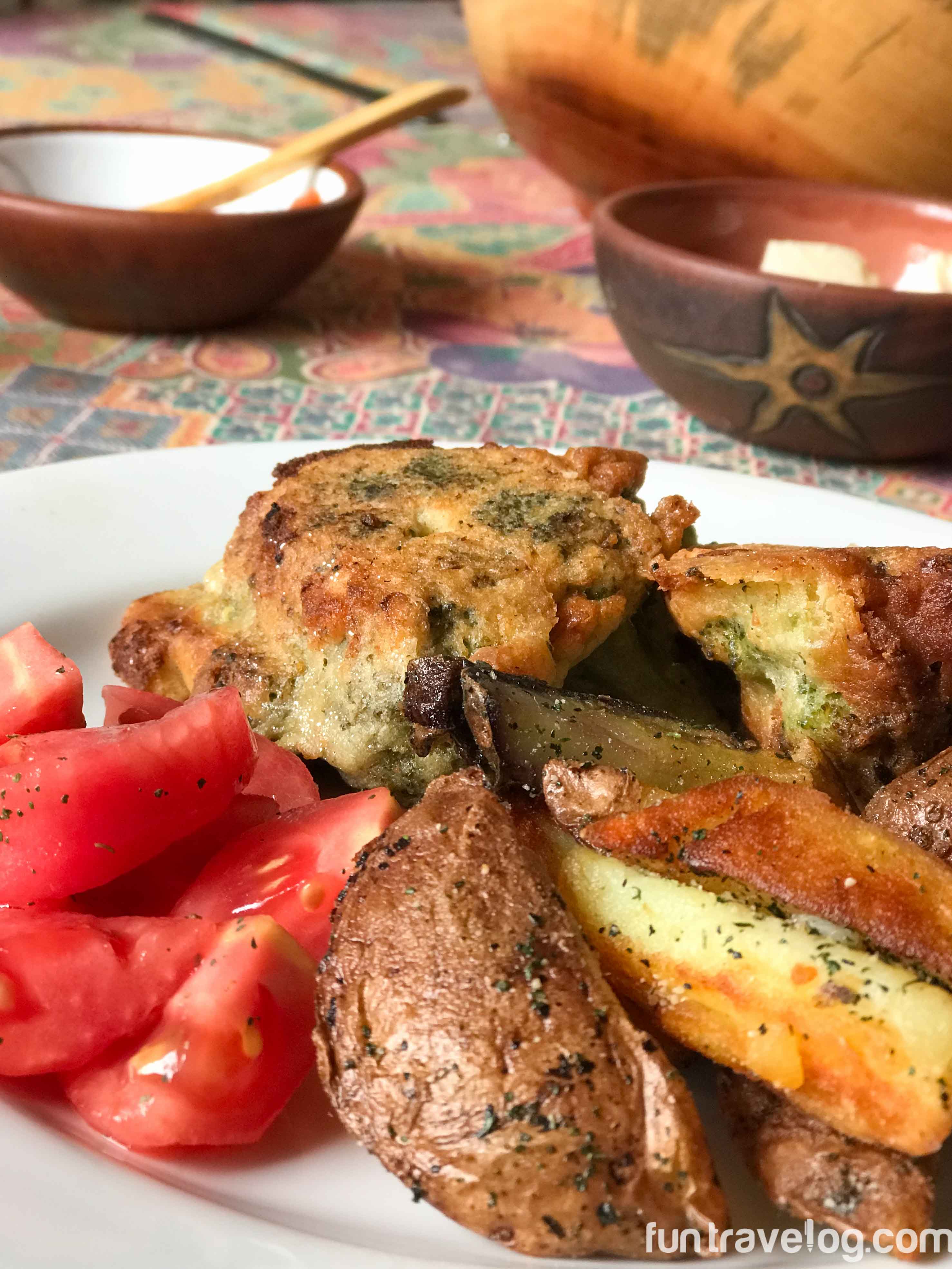
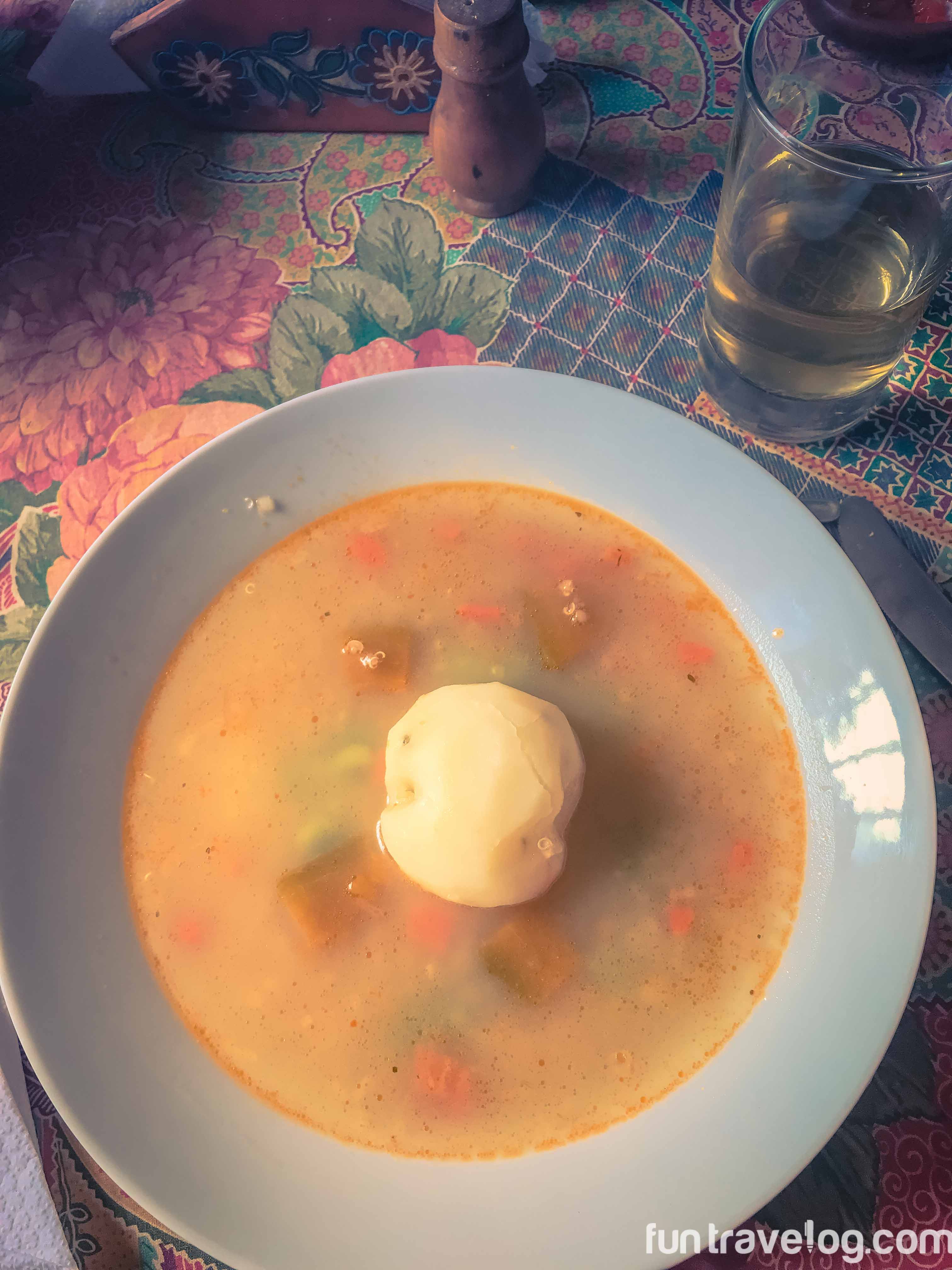
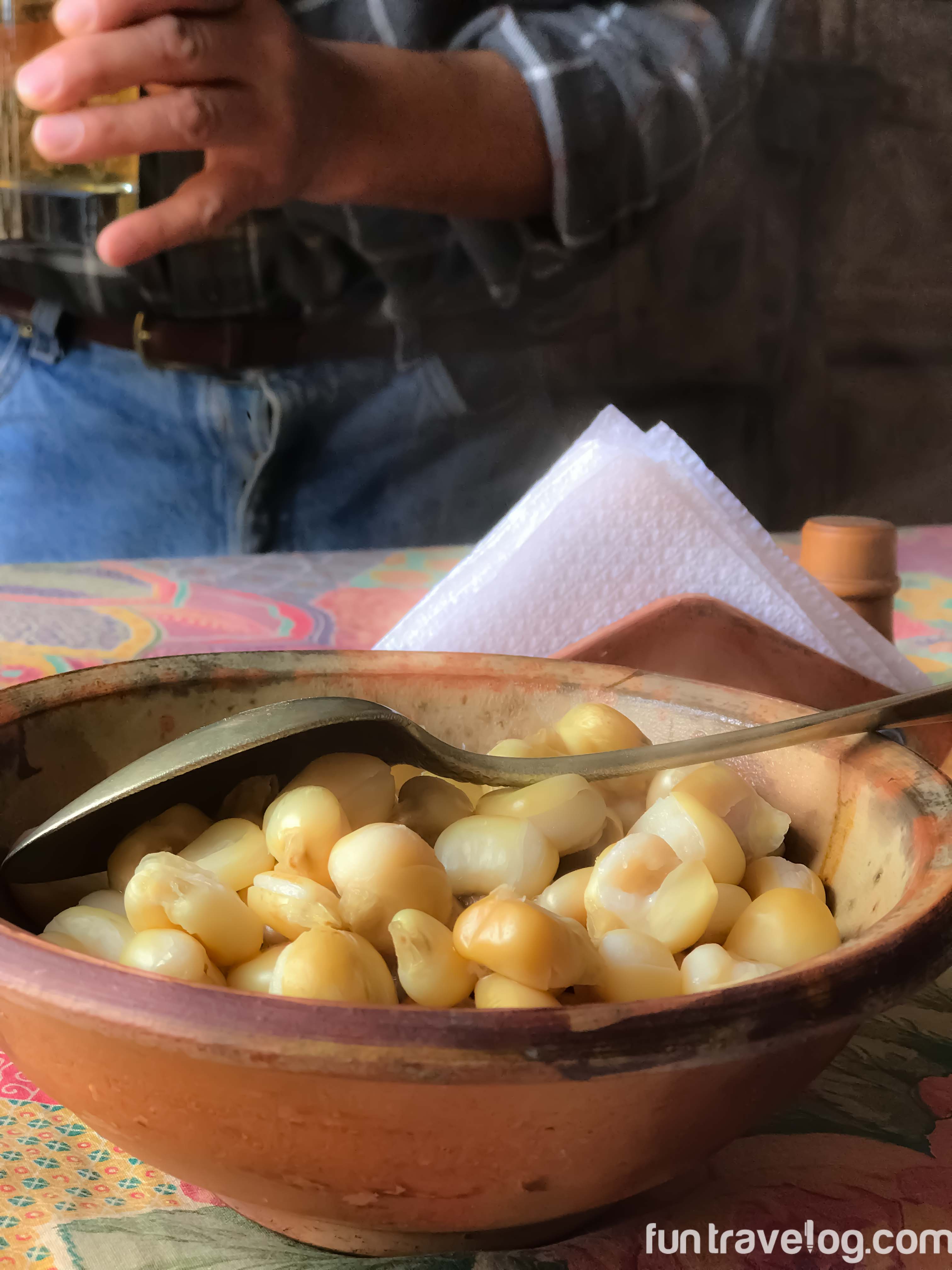
Next on our radar is Salineras de Maras or Maras, a series of salt terraces. We admire them from the highway when Helmut first pulls over. The Incas devised a method to scrape salt from a natural spring. Salt-rich water flows through gaps and crevices between terraced fields. Once it evaporates, the locals scrape salt with simple instruments.
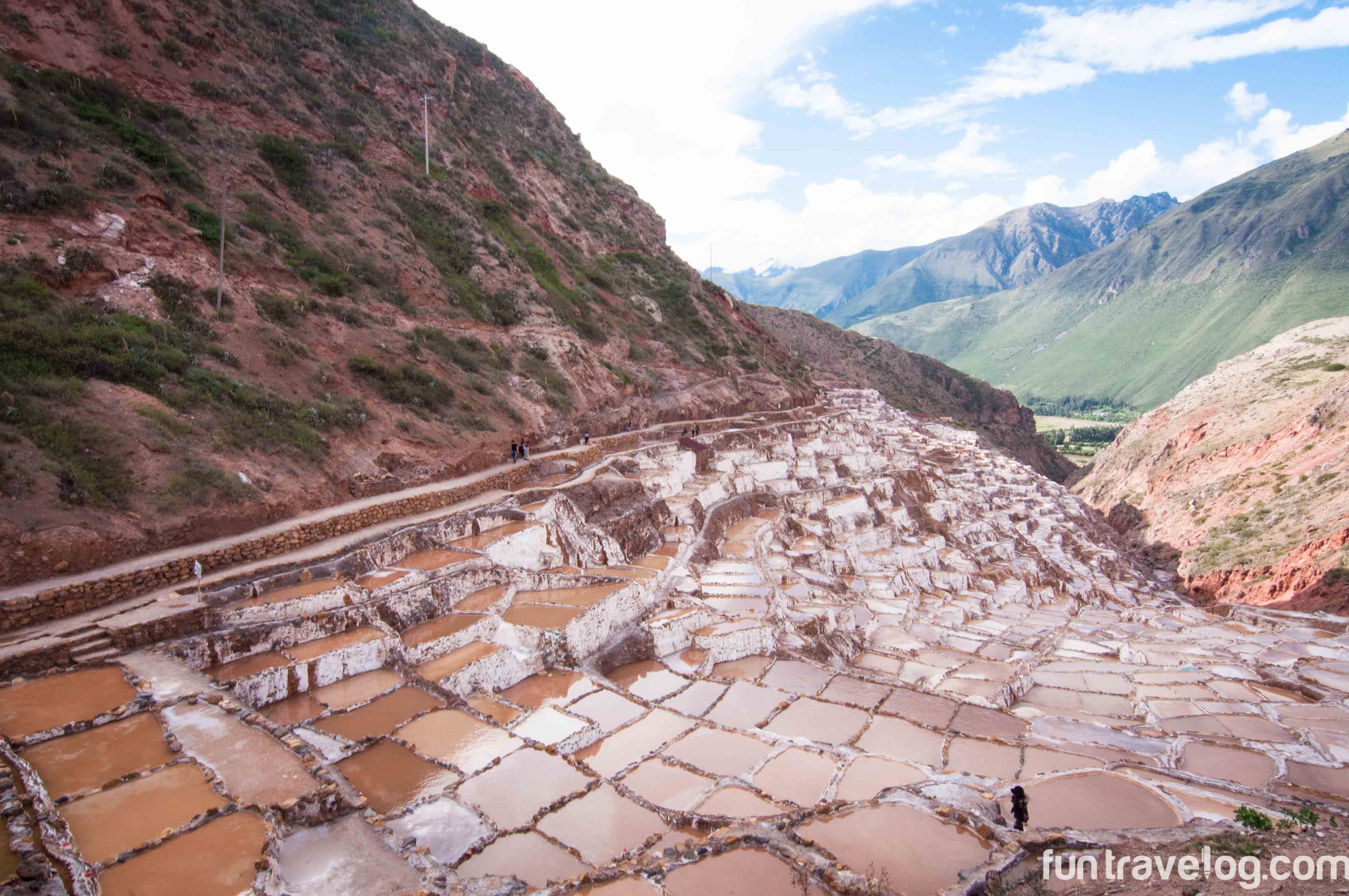
From Maras, we head to Ollantaytambo, our base for exploring Machu Picchu. The road on this route cuts through deep valleys. The Andes Mountains strike a daunting pose all through.
Pisac Ruins, Sunday Market & A Community Visit
Pisac is a small village in the Sacred Valley, known for its Sunday handicraft market. The ruins in this village sit on top of a hill at the entrance to the valley. With each step inside the ruins, we seemed to walk into another century. The Incans lived without modern resources and yet managed to devise ingenious ways to sustain themselves. It is a no wonder then that their methods survived time.
The air turned thinner as we climbed higher to see Incan housing built further on hills. The stone steps were steep and I imagine that the community living here must have been a rather fit one. “Many people in the Sacred Valley want to move to Cusco or Lima today,” shared Octavio, our guide. “But the reality in cities is different from the realities in the villages” – he says.
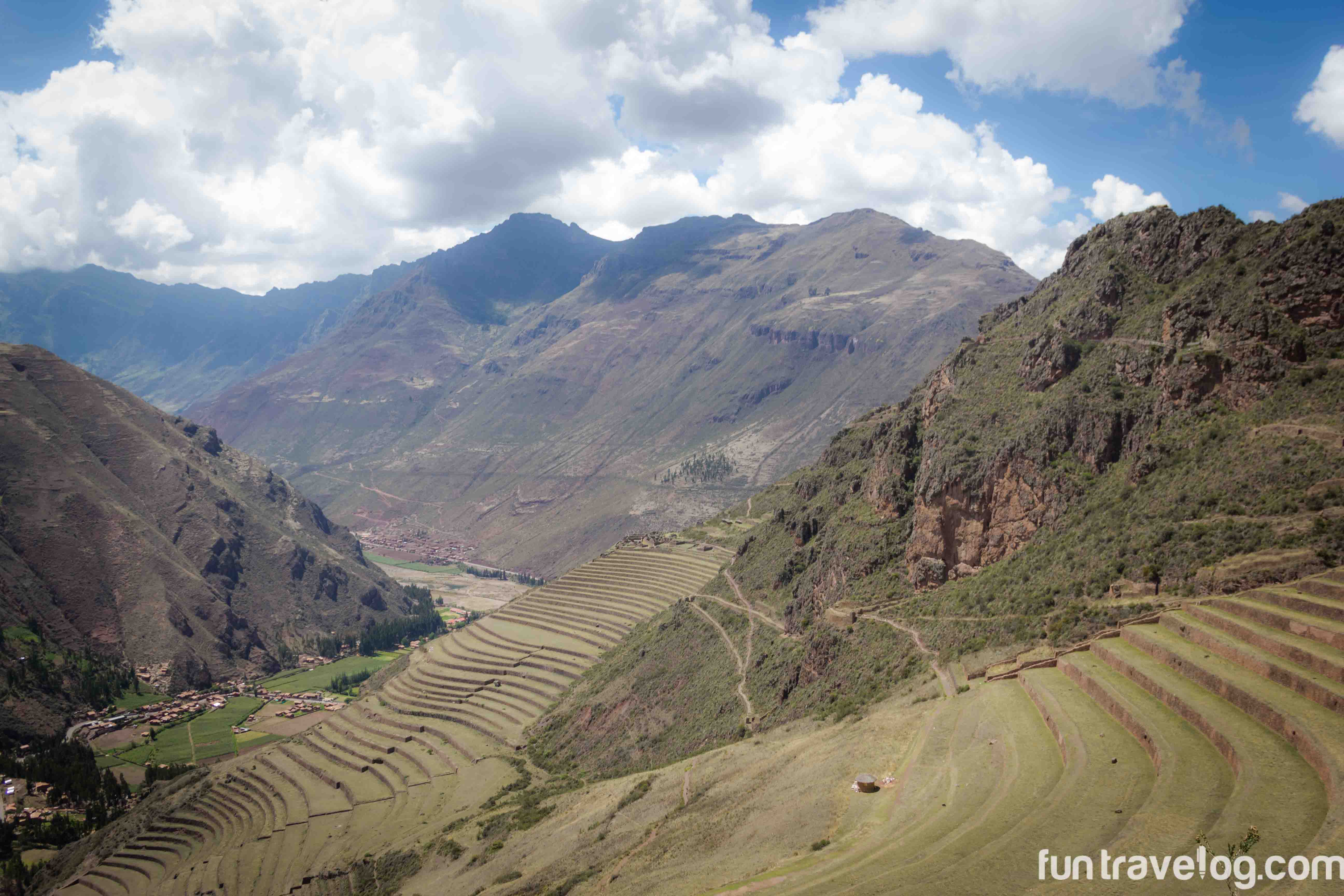
Pisac turns out to be the ideal village market for shopping. It’s full of trinkets, woolen garments, fruits, herbs, and vegetables. I was aghast at how low the prices are and tried to avoid making aimless purchases. Tip: Shop in smaller markets if like us, you don’t have enough time to spend in Cusco.
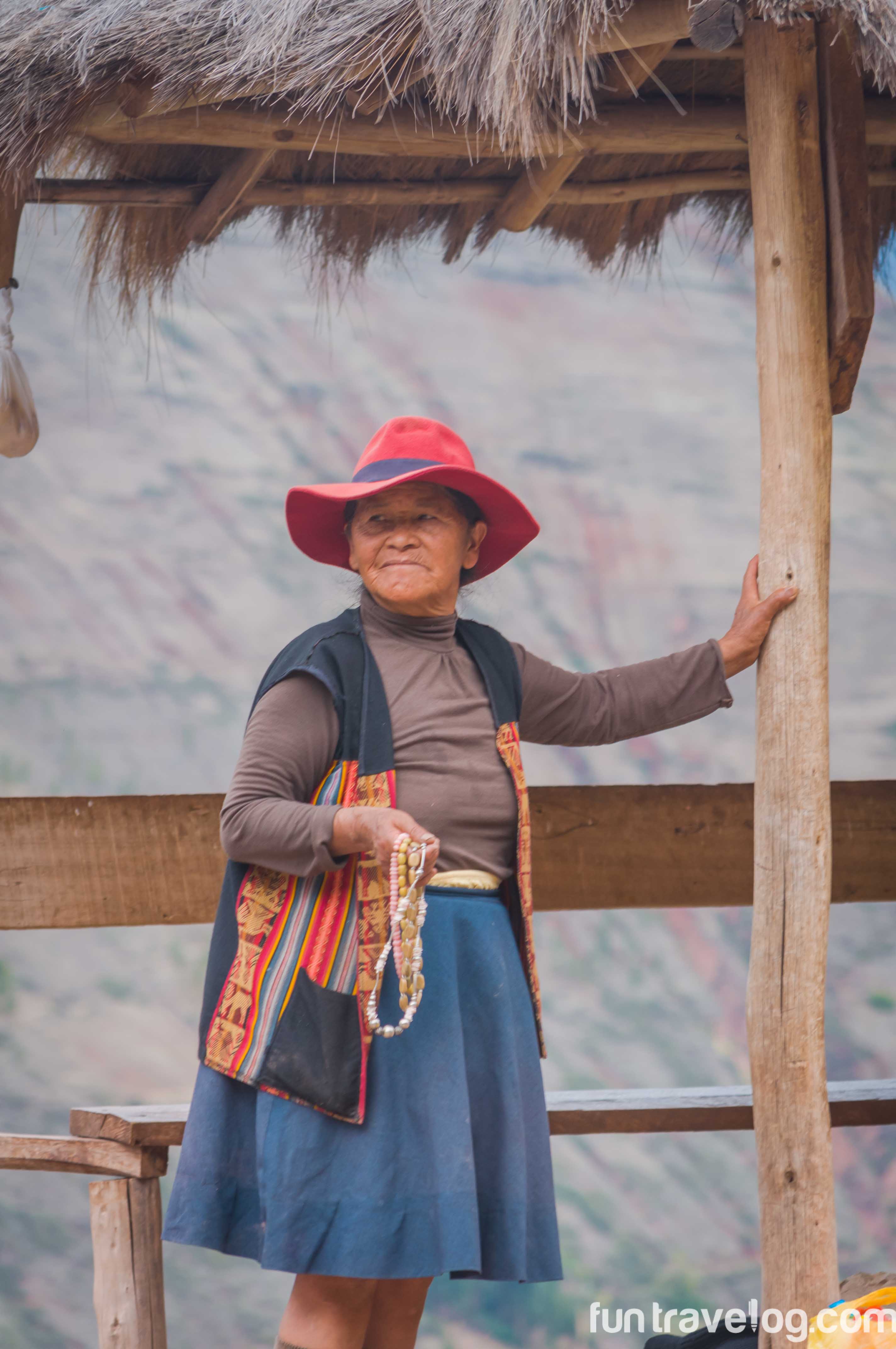
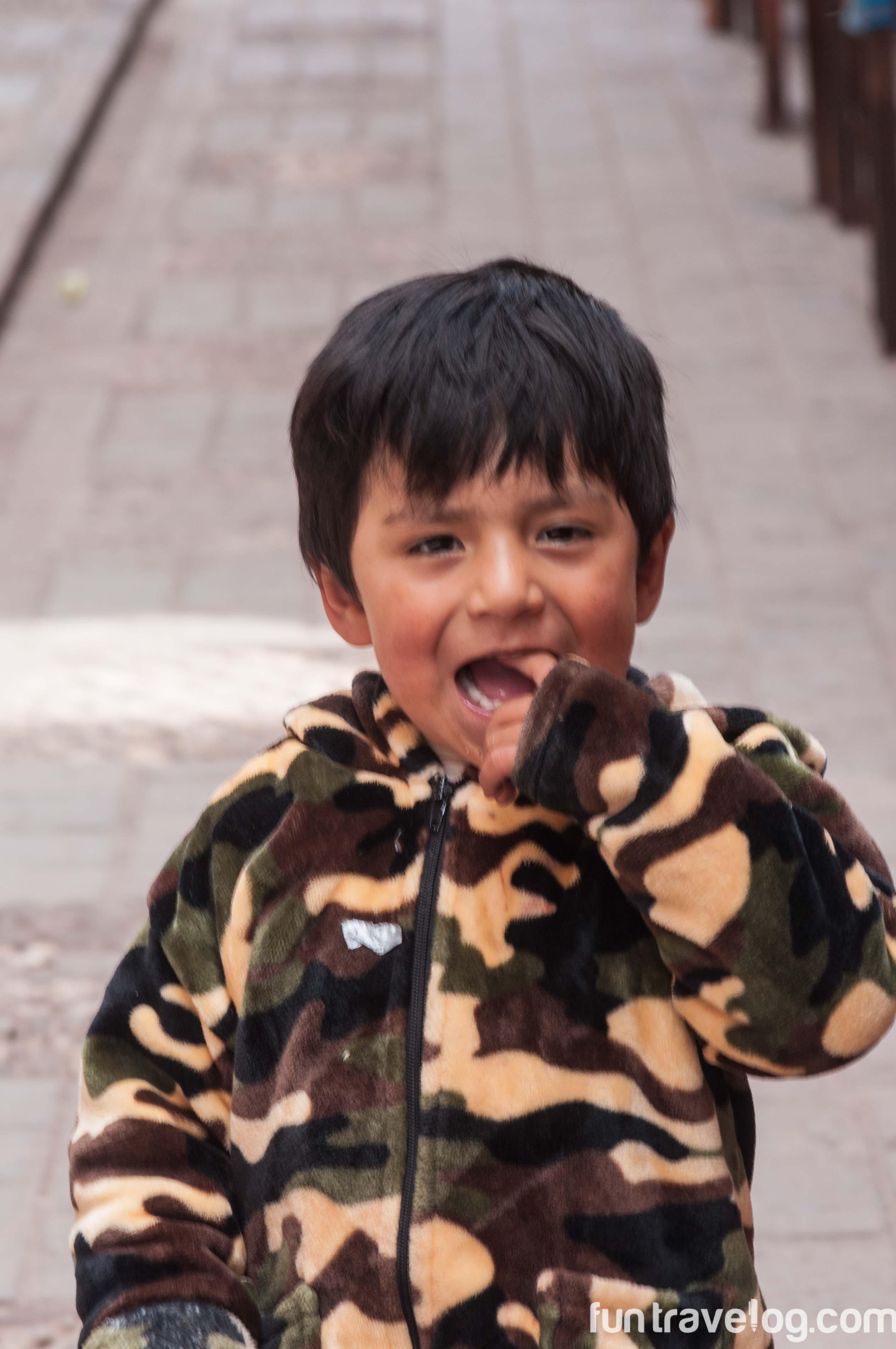
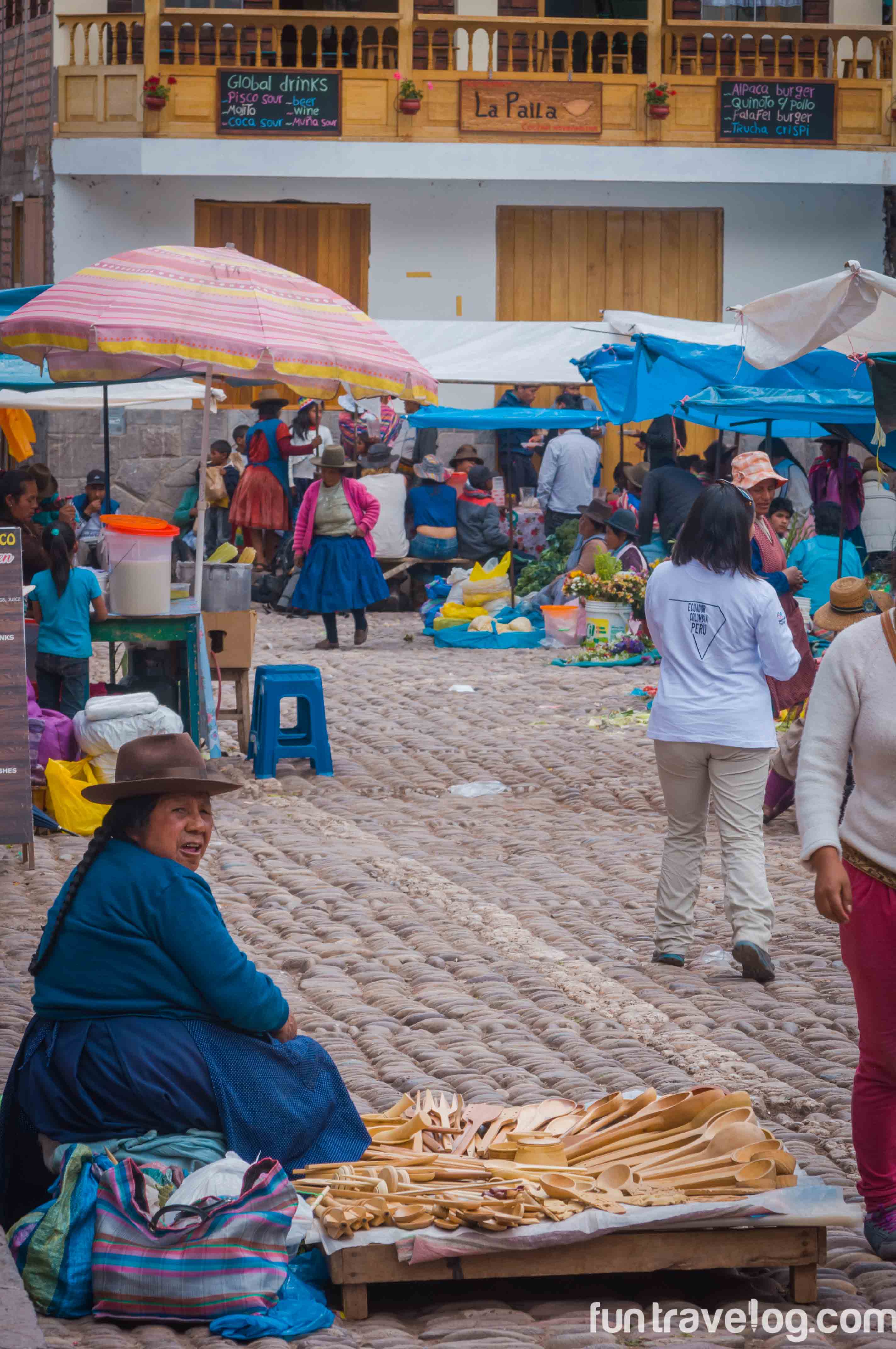
Back on the road, we headed to a weaver’s family in a small community. I won’t reveal much at this point except that this was a memorable, eye-opening interaction. Our visit deserves a post of its own and we’ll share one soon 🙂
Ollantaytambo > Aguas Calientes > Machu Picchu
It is astounding that a site discovered only in 1911 has managed to put Peru on the world tourism map. When the country first piqued my interest, I started reading Mark Adam’s “Turn Right at Machu Picchu.” The book is unputdownable, but no words compare to a real visit. I proceed with slight apprehension since the journey is a complicated one.
A recent government mandate requires all first-time visitors to enter Machu Picchu with a certified guide. Armed with passports, we could hardly contain the excitement of witnessing way lay ahead. Well familiar with such fervor, our guide Efraín paused for a few moments as we admired the main citadel. We were fortunate, as warm sunshine permitted clear views of the surroundings. The crowds were thin, and Efraín regaled us with facts, stories, and myths as we toured the premises.
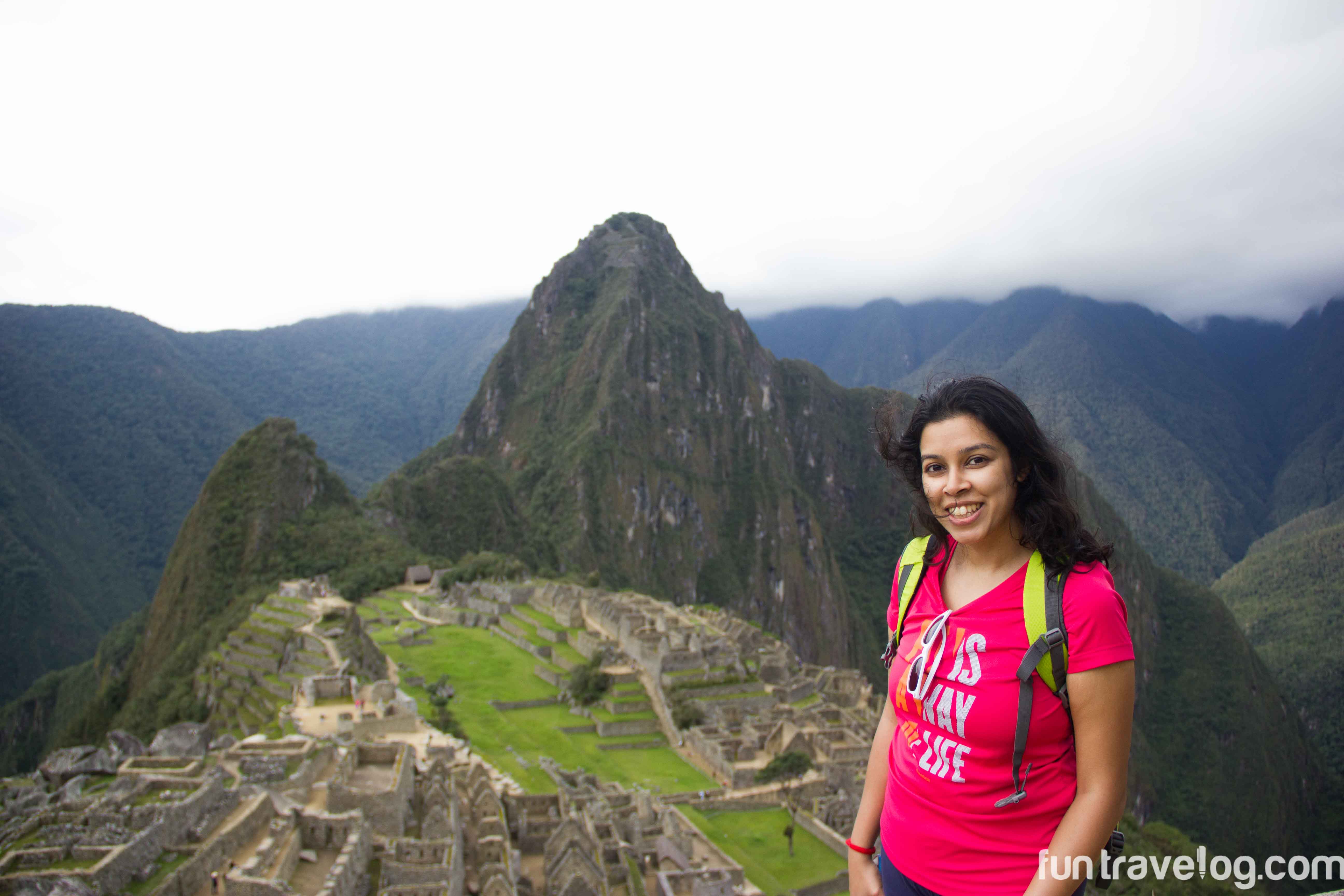
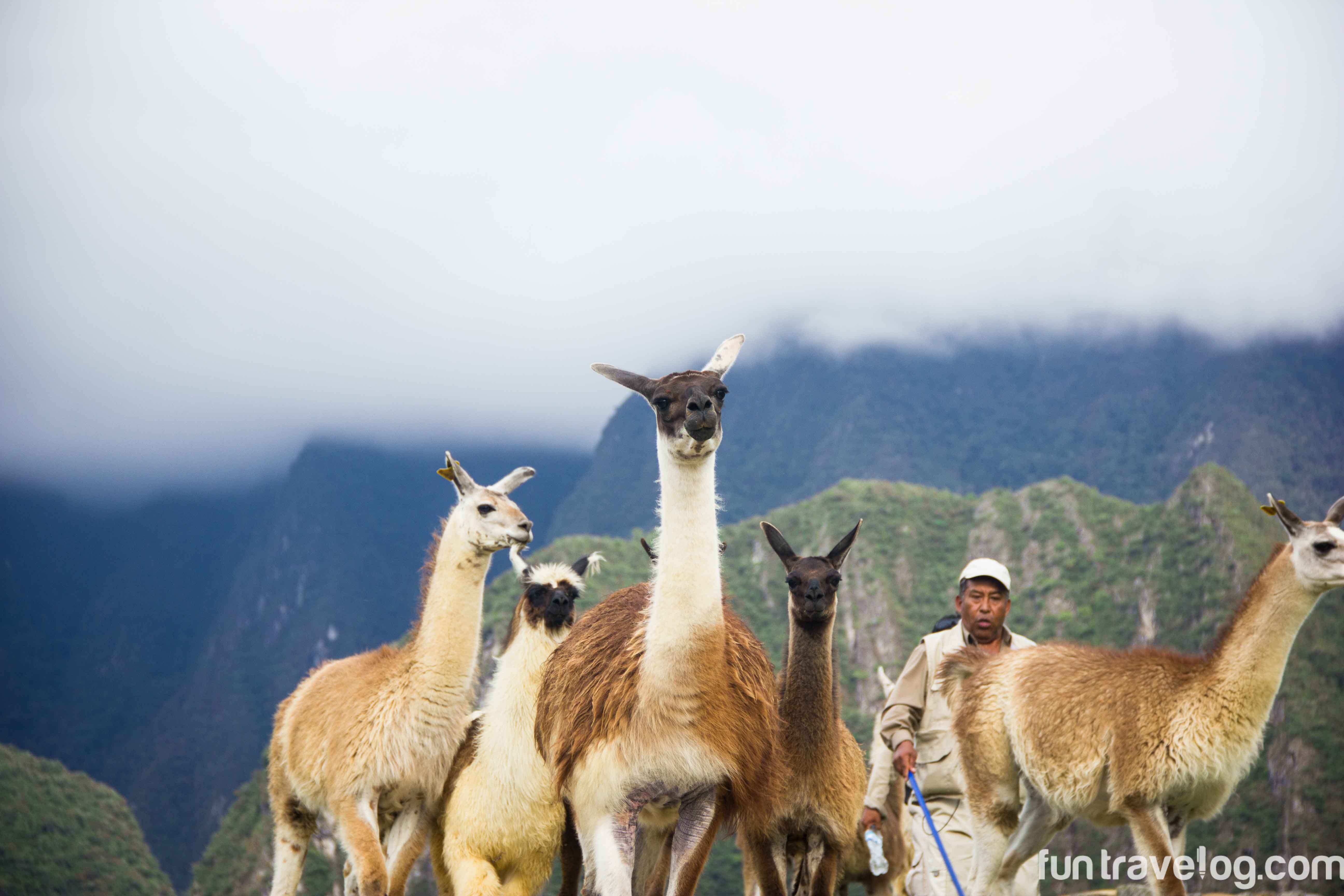
Since its recognition as a UNESCO World Heritage site, much of the activities inside Machu Picchu are controlled. Only a limited number of people can hike its mountains each day, and entry is limited to predefined time slots. We returned early next morning to hike Montana or Machu Picchu mountain among the two hundred people who had reserved spots in advance. As we ascended the stone steps, a thick layer of cloud sprayed occasional drops of mist on our faces. These were the most grueling and thrilling five hours of our entire year.
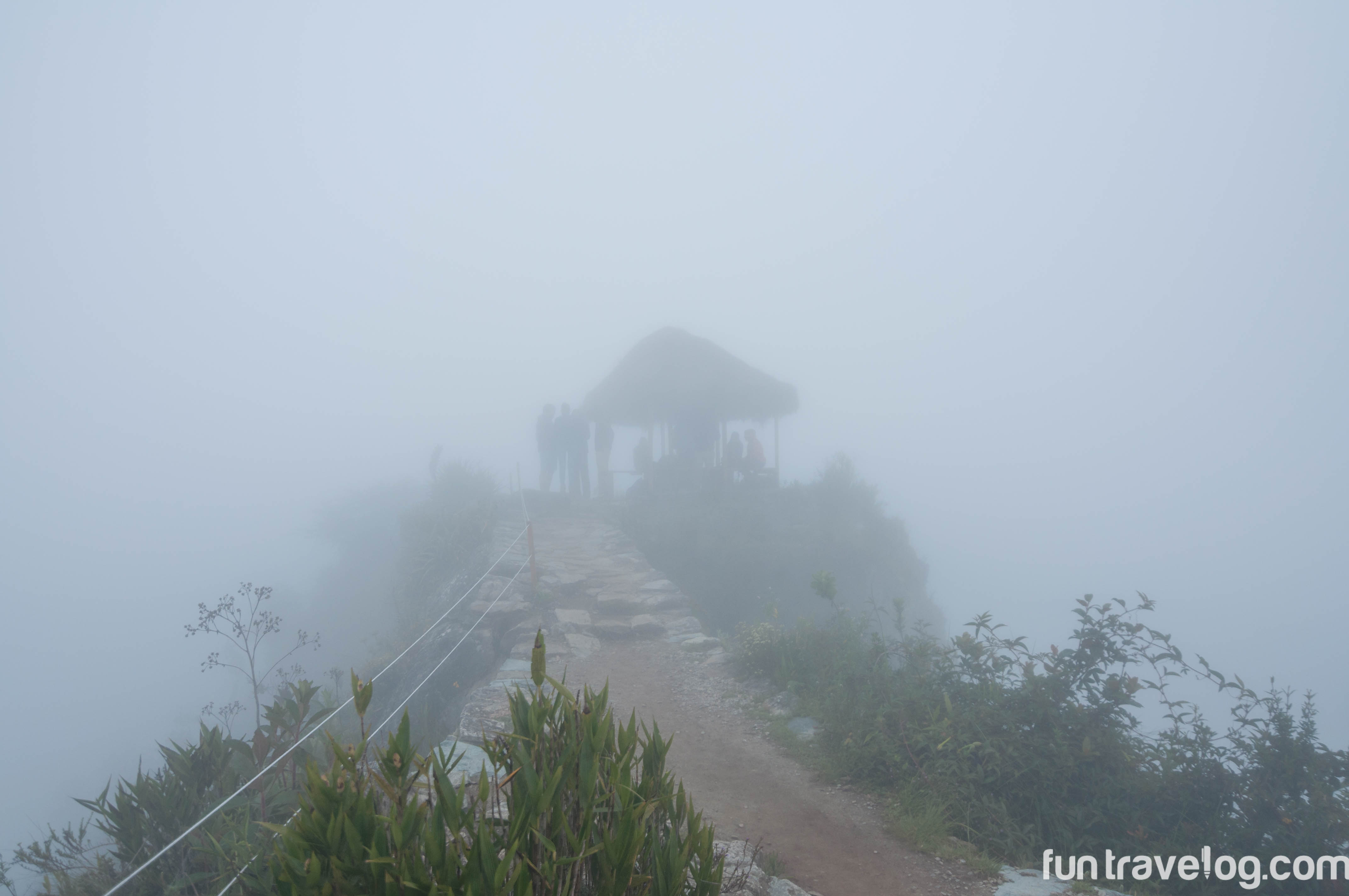
Tip: Make plans to visit Machu Picchu twice (once in the afternoon and on next day in the morning). The perspectives are very different and a hurried visit is not warranted after coming all the way here.
Cusco
Our return journey to Cusco went by in a blur, especially with aching limbs. Cusco sits at a higher elevation than Machu Picchu, and one can go breathless in a matter of few steps. Next morning, we trudged through Plaza de Armas, Plaza San Francisco, San Pedro market and Qorikancha temple and drank some purple corn beer (chicha morada) as a treat for surviving the day 🙂
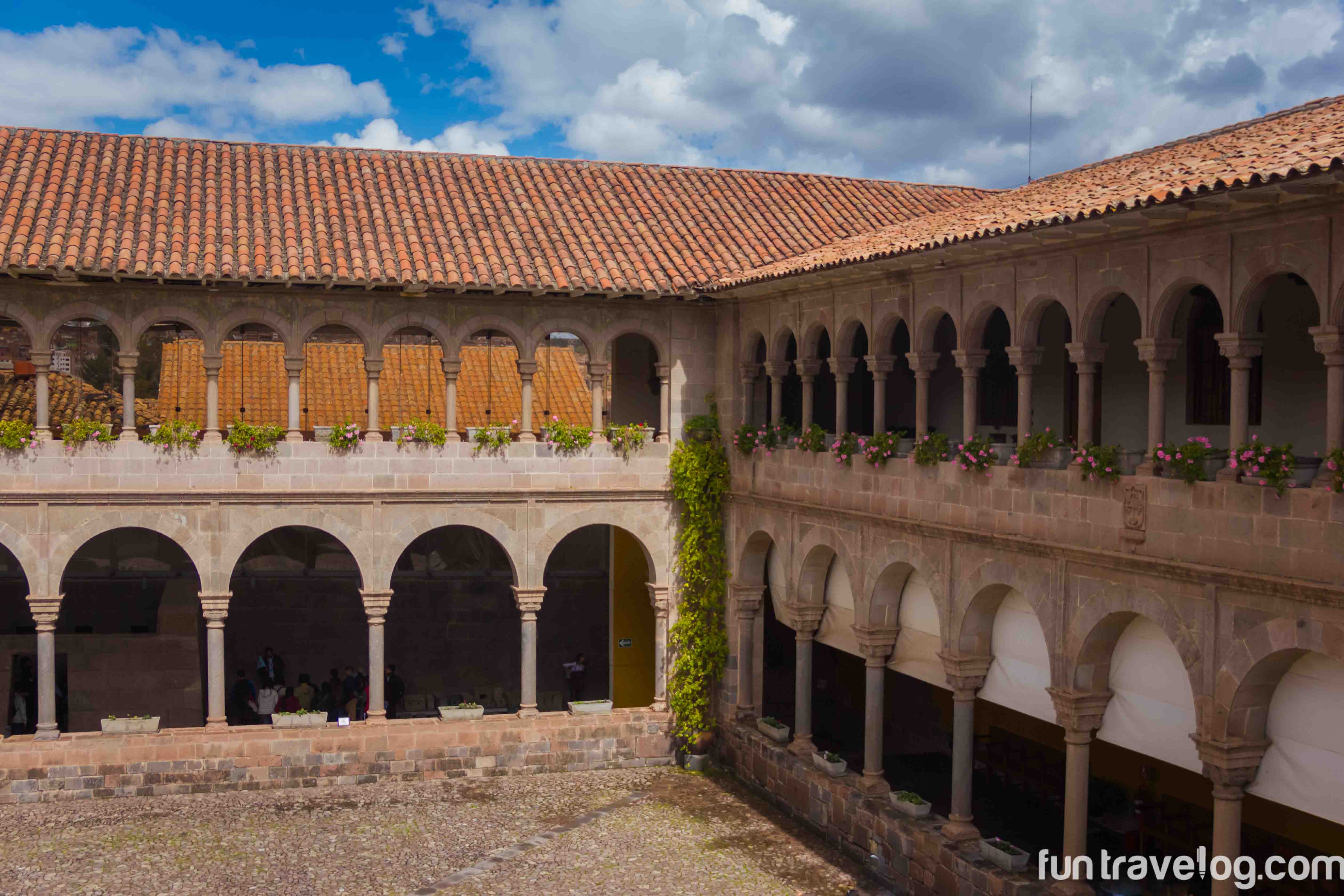
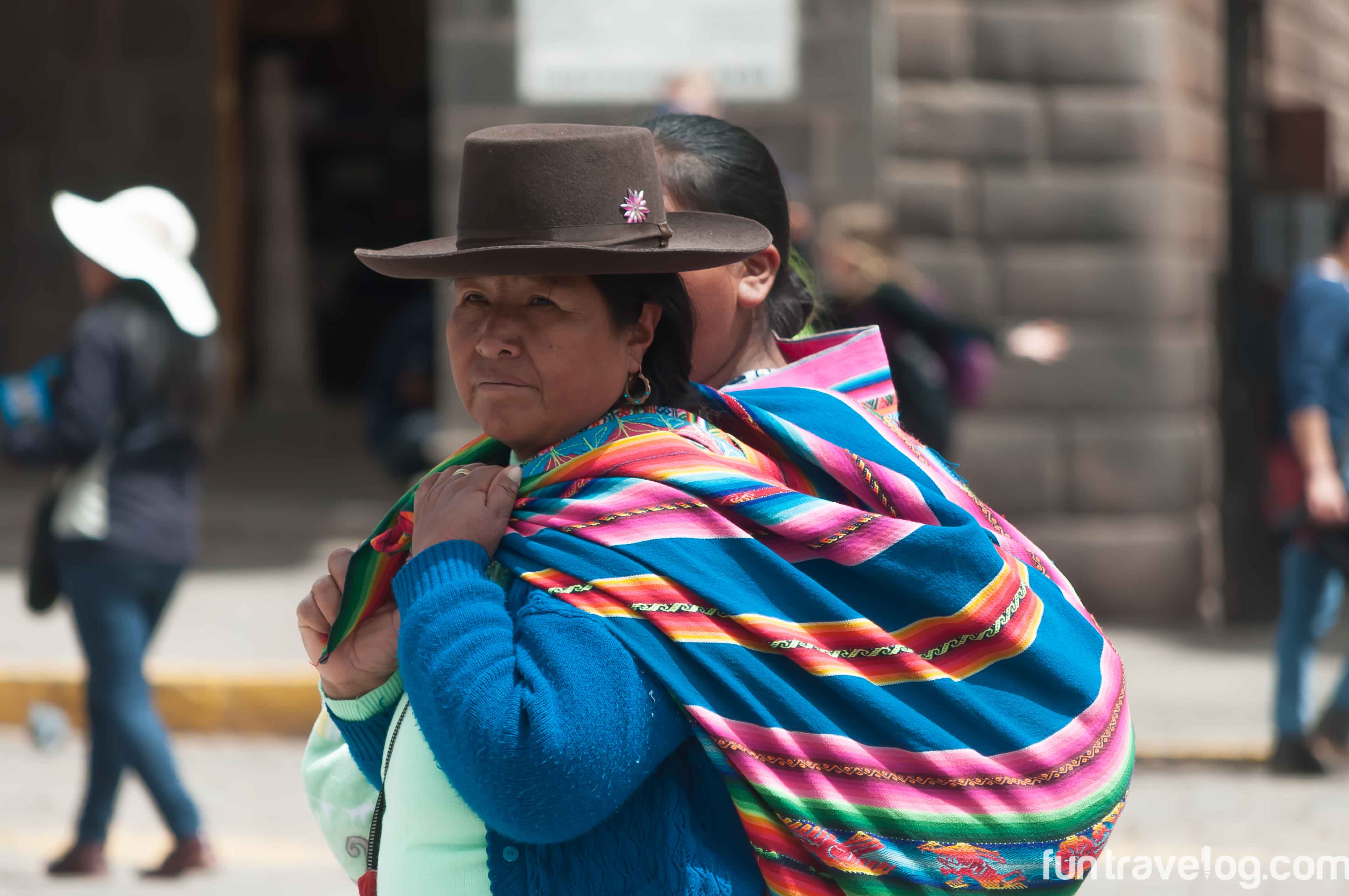
Tip: Indulge in people-watching from the steps of Basilica Cathedral in Plaza de Armas. Free and worth it 😀
Puerto Maldonado, Amazon
To appreciate the differences that Peru offers, we chose to visit its Amazon basin. The basin spans across Colombia, Peru, Brazil, Ecuador, and Bolivia and involves yet another cycle of travel.
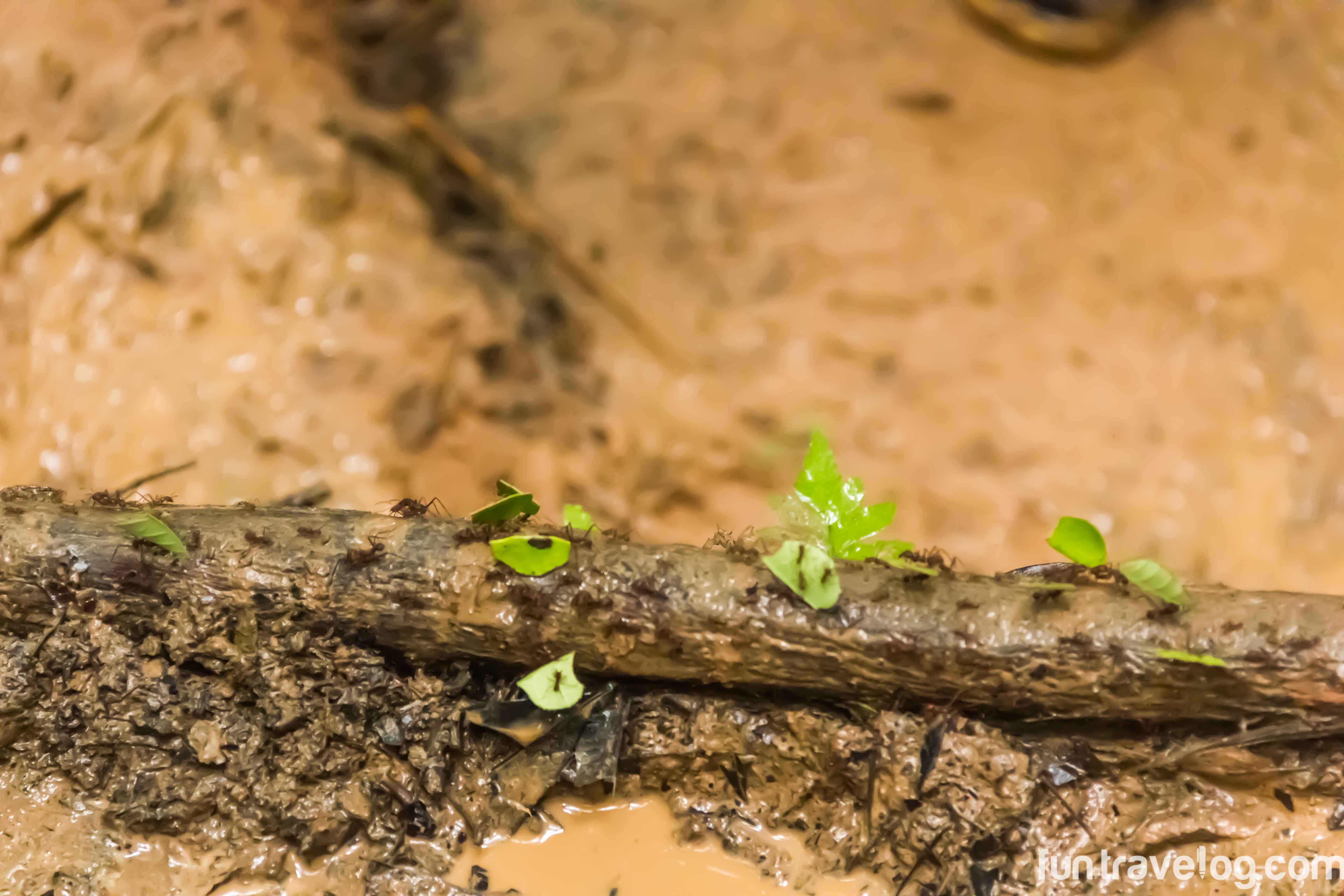
If Machu Picchu was impressive, then the Amazon basin is a marvel. Our days were devoted to walking trails, learning about the region and its ecosystem. We looked up to find howler monkeys jump on high trees, and ran to protect ourselves from falling brazil nut shells. Every hour had something new to offer and we slept to the sounds of birds and bees at night. I have not enjoyed the hammock in another setting this much, as our room opened up to the forest.
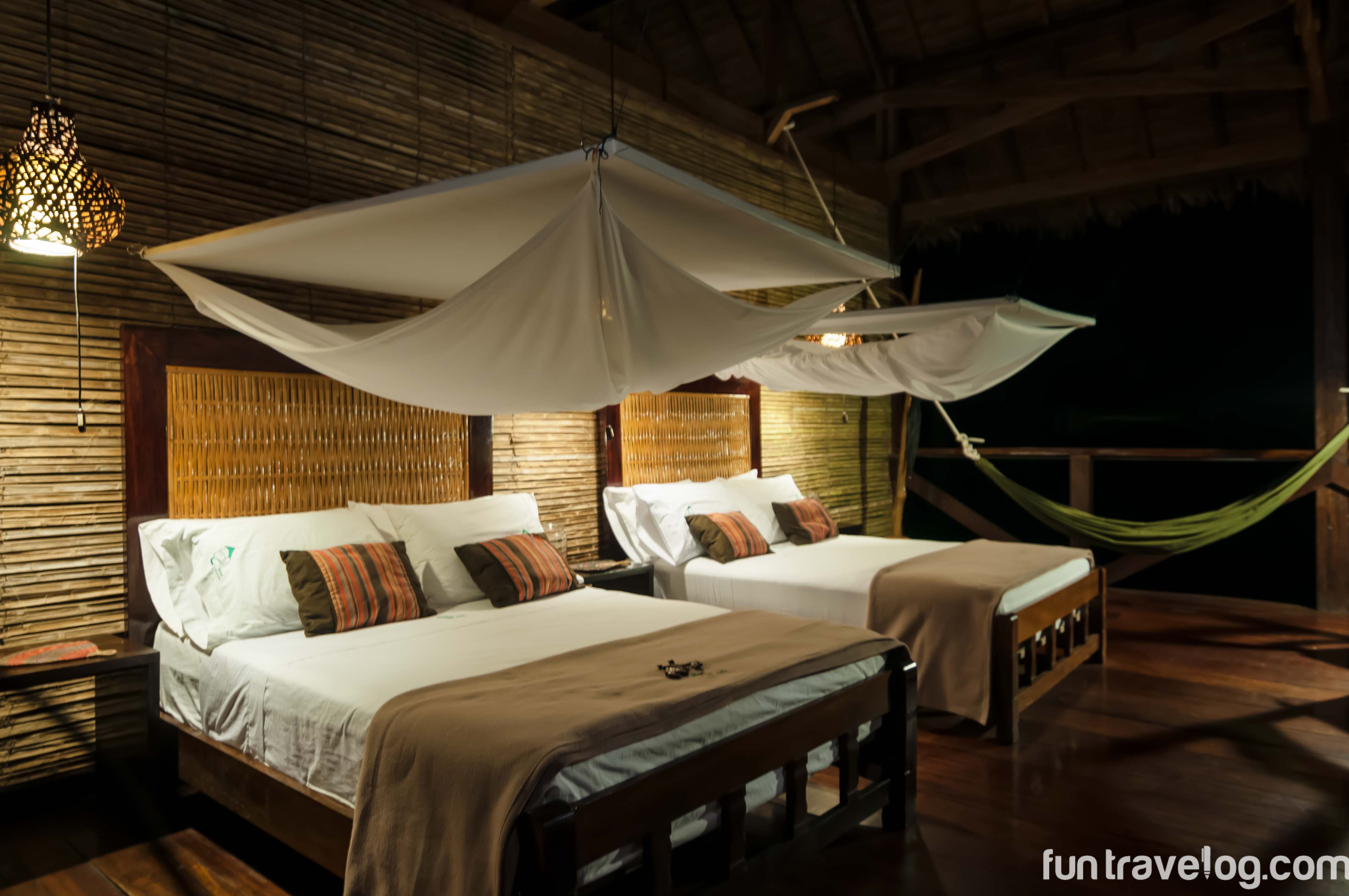
Lima
Barring a quick new year’s eve dinner, we didn’t get a chance to see Peru’s capital city. Although, with Lake Titicaca, Rainbow Mountains, Nazca Lines, Arequipa and the northern Peru on our list for “next time”, our tryst with Lima may have to wait a little bit longer.
We realized early on that a DIY style of travel may not work out conveniently in Peru. An idle browsing session on Flipboard helped us discover Responsible Travel Peru. Our travel logistics and itinerary is a result of their efforts. We on the other hand are glad to have found a way to support their economy, by sharing our travel budget to help local people of Peru who are working in tourism.
Travel Times in Peru
Machu Picchu
The best way to reach Machu Picchu is through Sacred Valley, the nearest airport to which is Cusco. Add an international flight to Lima and we’re talking at least 2+ flights. Here’s how the rest of route to Machu Picchu goes if one is not hiking the Inca Trail:
Cusco > Ollantaytambo / Urubamba village by car (2-3 hrs) > Aguas Calientes by train (1+ hour) > Machu Picchu by bus (30 mins)
Amazon Basin
Fly to Puerto Maldonado and catch a two and half hour boat journey.
Cusco > Puerto Maldonado (35 minute flight) > Port for boat (30 minute bus ride) > Refugio Amazonas (2.5 hours on a boat)
Staying Responsibly
Hotel El Albergue, Ollantaytambo
This small lodge is originally a historical hotel. It is now a certified green lodge and has a farm, distillery and a school on its premises. Meals are prepared with produce from their organic farm and they roast their own artisan coffee too. I fell in love with the pure alpaca wool blankets in their rooms.
Refugio Amazonas, Rainforest Expeditions, Tambopata Region
An eco-lodge in the Amazon basin, Refugio Amazonas is one of the three sustainable lodges run by Rainforest Expeditions. It offers daily excursions for wildlife watching into the forests, and the lodge doubles up as a base for brazil nut farmers during harvest season. Tambopata Research Center, another one of their lodges, located deep in the Amazon, is also a wildlife research center.
Rupawasi Lodge, Aguas Calientes
A small lodge that is ideal for a stay before or after a visit to Machu Picchu. Their small restaurant does vegetarian and vegan special options and needs prior reservations.
Saya Wasi, Cusco
This Airbnb guesthouse is run by a French Canadian expat and the manager is local. What sold us was the room having a stunning view of the skyline of Cusco and the huge breakfast spread 😉
- Things to do in Rocky Mountain National Park with Kids & Toddlers - December 9, 2021
- 15+ must have items for traveling with a baby - September 7, 2021
- COVID-19: How we’re using our time to plan future travels - April 16, 2020
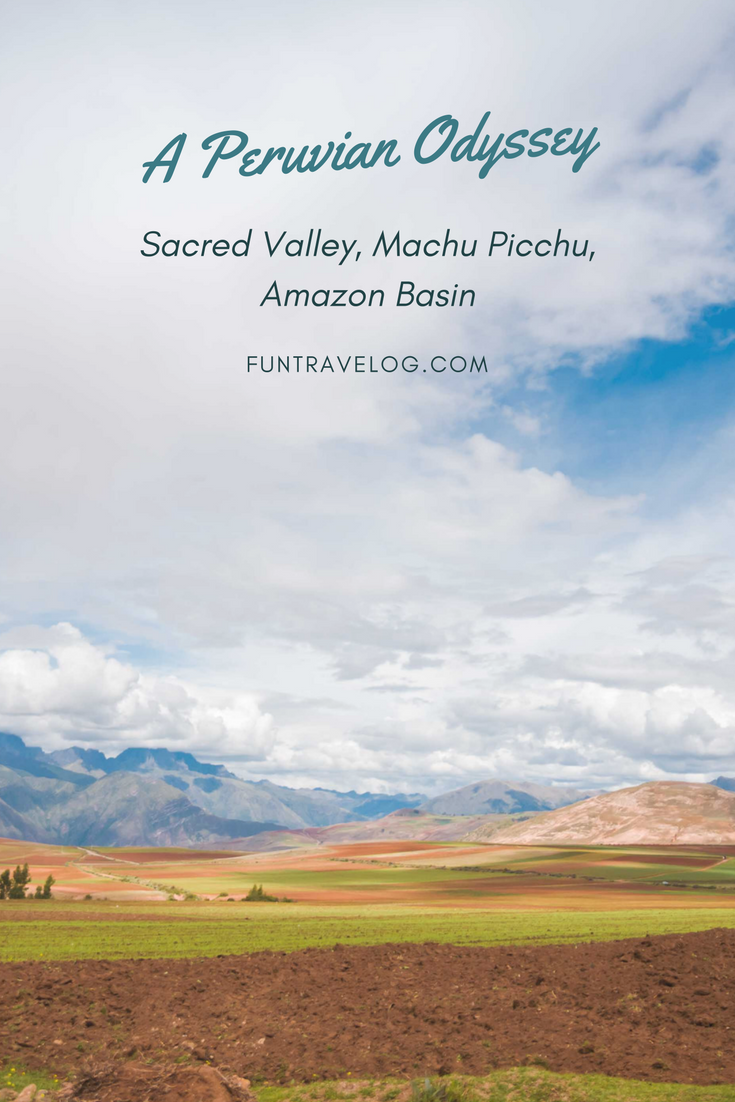
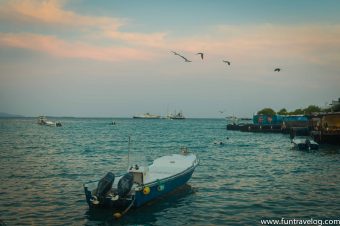
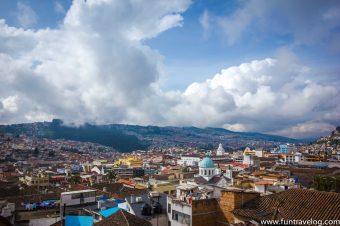
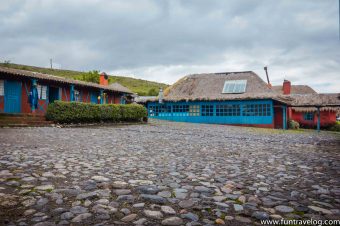
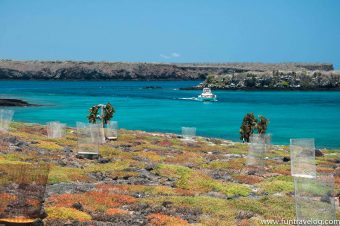
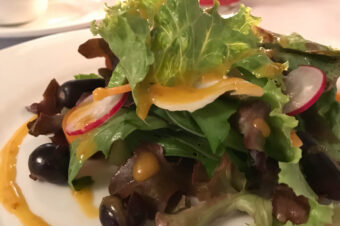
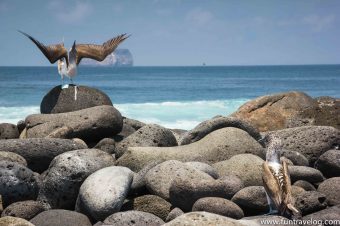
24 Responses
Juergen | dare2go
You barely scraped the surface of Peru! What about Arequipa, the UNESCO World Heritage site in the south? Or all the sights in the north, like Kualep, the museums in Lambayeque? Or the adobe pyramids around Truquillo.
Supriya
Hi Juergen, I did mention in the last paragraph that whenever we return, there are many sites including Arequipa and Northern Peru that we hope to visit – if only you had read all the way 🙂 Besides, I firmly believe that Sacred Valley, Machu Picchu, and the Amazon are a great introduction for a first time visitor to Peru, especially those visiting for 8-9 days. We’re not here to check off any kind of to-do list, but see a few sites at a pace that is comfortable for us 🙂
Ashley Beolens
Would love to visit peru one day
Supriya
You must Ashley- it will delight you 🙂
George Chennai
Machu Picchu and Sacred Valley looks stunning. Thank you for writing such an amazing article. Snaps are excellent.
Supriya
Glad you liked the blog and the pictures- hope it helps whenever you plan to visit Peru in the future!
anshul
Great pics @Supriya. The places looks simply too good. I would love to try the traditional food from this country. I have read about it a lot in past.
Supriya
Thanks Anshul- Peru is stunning beyond doubt. The local food is meat heavy but as vegetarians we were equally delighted! Who knew Peru had more than 2000 varieties of potatoes grown 😀
Priya Vin
Stunning pictures and love how you crafted a beautiful and responsible itinerary. Hoping to visit Peru someday and will be looking to this post when planning the trip.
Supriya
Thanks for taking the time to read Priya – I do realize it turned out to be longer than we imagined but think it’ll be useful for others who may plan to visit Peru.
Sidhu Jetha
Cusco and its architecture are just amazing. I really feel like seating at the centre of the stepped valley. Just superb
Supriya
Indeed, that’s the best way to get a feel of the plaza in Cusco 🙂
Chris DePauw
Your depth of knowledge is very impressive and entertaining to read. Your pictures are obviously very stunning. Your advice about small markets, visiting Machu Picchu twice so you’re not rushed and for different experiences in on point and true about so many travel destinations.
Supriya
Thanks for your kind words Chris 🙂 Glad you enjoyed reading.
Blair villanueva
I love how you detailed your itinerary and your story. Your photos are very expressive as well. Which part of your trip is your best favorite?
Supriya
Hi Blair, that is SUCH a difficult question and I think it’s going to be hard to pick but our visit to a small village called Chumpe was very touching.
Rye Santiago
Supriya, this has to be the most visual post on Peru I’ve read. I felt as though I was there with you. I’m going to Peru early next year after Mexico, Colombia, and Ecuador, so this gave me a serious case of excitement! 🙂
Supriya
I am so excited that you’re going to be visiting Peru. Mexico and Ecuador are amazing too (we have a few posts, feel free to check them for suggestions). Thank you for your kind words Rye. I see that you’ve visited Japan. Heading over to see your posts 🙂
Aditi
Cant take my eyes off your pictures, Cusco and Amazon Basin look really intriguing and I am thinking of putting them on my travel list for this year, also the food looks amazing. Have tried Peruvian food here in India, but I am sure authentic would be a lot better
Supriya
Authentic Peruvian cuisine is out of this world. There’s a lot more options for meat eaters but they have so many fruits, vegetables that we didn’t feel like we missed out. Thank you for your kind words Aditi 🙂
Kartik
Nice post Supriya! very nice pictures of the lady in the hat. The salt terraces are interesting that the incas had a way to scrape the salt. Are there salt factories nearby where they are polished or sold in a different form?
Never heard of the bullet ants? Are they a specific type of ants? I liked your post on Peru, which conveyed the air of the place, the people, the animals and of course little markets! Great to see you reccomending eco-stays to other bloggers!
Supriya
Hi Kartik, We didn’t visit any factories nearby but did buy the salt that was being sold outside the ruins. From what I understand the it is mostly the locals in that region who own these salt ponds (it is divided among them) and they harvest this salt and sell it. It’s possible that some of them sell / supply it on a larger scale but I can’t say for sure. Apparently the salt has health benefits too (we are using the chilli flavored one and loving it)
Bullet ants are a deadly species of ants that our guide mentioned are found in the Amazonian region. Google tells me that they are called Paraponera clavata and also found in some countries in Latin America too. Thanks for your kind words, I greatly enjoyed your unique article on degree coffee!
Tatum
Even though I would love to see Maccu Piccu, I think exploring the Amazon Basin would be the highlight for me! Like you said, a true marvel. The first picture of the Andes mountains looks like a postcard. Honestly, I never thought about all of these interesting and amazing places being all in the same region. From the mountain side to the little village, it looks like you had an experience of a lifetime! I really hope to visit one day.
Supriya
You really must Tatum- Peru is an amazing country packed with so much diversity! We were really kicked about visiting Amazon basin, although weather plays a big part on what you can see on any given day. Can’t wait to go back sometime soon 🙂